Select an Orthopaedic Specialty and Learn More
Use our specialty filter and search function to find information about specific orthopaedic conditions, treatments, anatomy, and more, quickly and easily.
GET THE HURT! APP FOR FREE INJURY ADVICE IN MINUTES
Shoreline Orthopaedics and the HURT! app have partnered to give you virtual access to a network of orthopaedic specialists, ready to offer guidance for injuries and ongoing bone or joint problems, 24/7/365.
Browse Specialties
-
- Joint Disorders
- Knee
Articular Cartilage Restoration
Articular cartilage can be damaged by injury or normal wear and tear, resulting in a joint surface that is no longer smooth. Damaged cartilage does not heal itself well, so doctors have developed surgical techniques to stimulate the growth of new cartilage. This procedure is used most commonly for the knee and most candidates are young adults with a single injury or lesion. Restoring articular cartilage can relieve pain, allow improved function, and delay or prevent the onset of arthritis.
More Info -
- Bone Health & Osteoporosis
- Foot & Ankle
- Fractures, Sprains & Strains
- Hand & Wrist
- Hip
- Knee
- Neck and Back (Spine)
Bone Health & Osteoporosis
One in two women and up to one in four men will break a bone in their lifetime due to osteoporosis. For women, the incidence is greater than that of heart attack, stroke and breast cancer combined. Shoreline Orthopaedics has opened the Bone Health and Osteoporosis Clinic to help patients prevent fractures and breaking of that second bone.
More Info -
- Fractures, Sprains & Strains
- Muscle Disorders
- Neck and Back (Spine)
Lumbar Back Strain
A lumbar strain is an injury to the tendons and/or muscles of the lower back, ranging from simple stretching injuries to partial or complete tears in the muscle/tendon combination. These tears cause inflammation in the surrounding area, resulting in painful back spasms and difficulty moving. An acute lumber strain is one that has been present for days or weeks. If it has persisted for longer than 3 months, it is considered chronic.
More Info -
- Knee
- Pediatric Injuries
- Sports Medicine
Osgood-Schlatter Disease
In Osgood-Schlatter disease, children have pain at the front of the knee due to inflammation of the growth plate (tibial tubercle) at the upper end of the shinbone (tibia). When a child participates in sports or other strenuous activities, the quadriceps muscles of the thigh pull on the patellar tendon which, in turn, pulls on the tibial tubercle. In some children, this repetitive traction on the tubercle leads to the inflammation, swelling and tenderness of an overuse injury.
More Info -
- Joint Disorders
- Joint Replacement & Revision
- Knee
Partial Knee Replacement
Unicompartmental (or partial) knee replacement is an option for a small percentage of patients with osteoarthritis of the knee that is limited to a single compartment of the knee. During this procedure, only the damaged compartment is replaced with metal and plastic, while the healthy cartilage and bone in the rest of the knee is left alone.
More Info -
- Joint Disorders
- Physical Medicine & Rehabilitation (PM&R)
- Shoulder
- Sports Medicine
Shoulder Impingement
Rotator cuff pain commonly causes tenderness in the front and side of the shoulder. There may be pain and stiffness when lifting the arm, or when lowering the arm from an elevated position.
More Info -
- Joint Disorders
- Joint Replacement & Revision
- Shoulder
Shoulder Replacement
In shoulder replacement surgery, the damaged parts of the shoulder are removed and replaced with artificial components, called prosthesis. Options include replacement of only the ball (head of the humerus bone), or replacement of both the ball and the socket (glenoid).
More Info -
- Fractures, Sprains & Strains
- Sports Medicine
Stress Fracture
Stress fractures are common sports injuries that occur due to overuse. As muscles become increasingly fatigued and less able to absorb the added shock of a sports activity, the overload of stress is eventually transferred to the bone, resulting in a tiny crack called a stress fracture.
More Info

